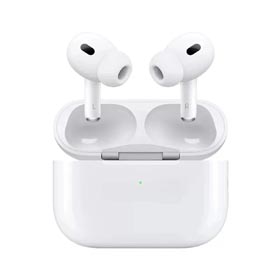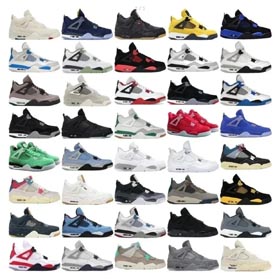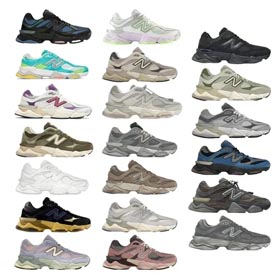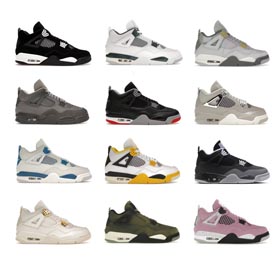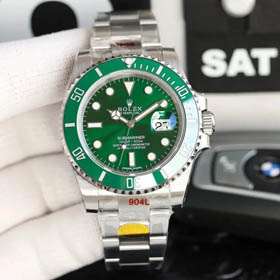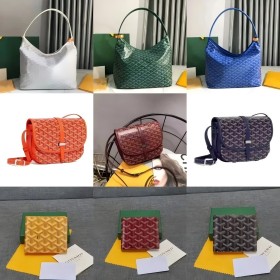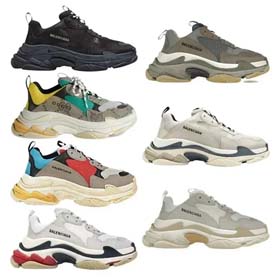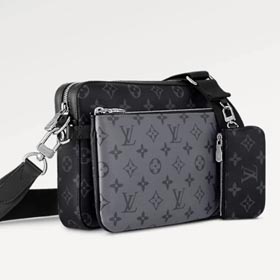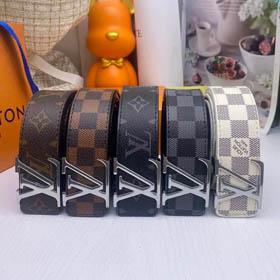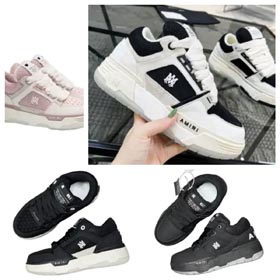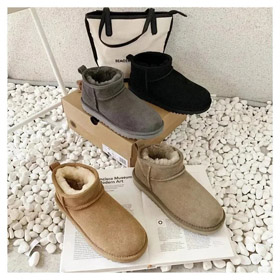Analyzing the Popular Models of Rolex, Patek Philippe, and Cartier in Reverse Cross-Border Shopping
The luxury watch market has seen significant growth in reverse cross-border shopping (or "daigou") platforms, where consumers source international products through personal shoppers. Among watch brands, Rolex, Patek Philippe, and Cartier consistently rank as the most sought-after brands, with distinct preferences emerging across different regions.
Rolex: The Universal Status Symbol
Rolex dominates the reverse shopping platforms with an estimated 45% share of all luxury watch transactions.
- Submariner (No Date):
- Daytona (Ceramic):
- Datejust 36 (Fluted Bezel):
- Daytona (Ceramic):
Geographic Preferences Analysis
Chinese buyers show strong preference for models with gold elements (60% of purchases), while European collectors demonstrate higher interest in steel sports models (75% of total purchases). North American shoppers tend toward vintage-inspired pieces, driving up prices for discontinued models like the GMT-Master "Pepsi."
Patek Philippe: The Collector's Choice
Patek Philippe commands a premium on daigou platforms with its most complicated pieces often selling for double retail price.
- Nautilus 5711:
- Aquanaut:
- Calatrava:
- Aquanaut:
Market Psychology Insights
Asian markets demonstrate particular interest in Patek's investment potential, with 78% of buyers in China viewing watches as appreciating assets. Conversely, North American clients focus more on family heritage pieces, making annual complications and commemorative models popular for gifting.
Cartier: Fashion-Forward Horology
Cartier occupies a unique intersection of jewelry and watchmaking, appealing to different demographics.
- Tank Louis Cartier:
- Ballon Bleu:
- Santos-Dumont:
- Ballon Bleu:
Cultural Factors Influencing Demand
Cartier's popularity in Asian markets spikes significantly during lunar gift-giving seasons, with help posts increasing dramatically on platforms like OKSheet and Xiaohongshu discussing Cartier models as bride gifts. In contrast, Middle Eastern collectors show strong preference for high-jewelry versions to complement abaya styles.
Key Takeaways
- Market preferences reflect cultural values: investment focus in Asia, personal style in Europe, and legacy-building in NA.
- The current macroeconomic environment shows strong demand for models perceived as "inflation-proof" assets.
- Official boutiques' allocation systems have inadvertently fueled the daigou market, particularly for regional exclusive models.
For more data analysis on luxury goods crossborder trends visit OKSheet.net

